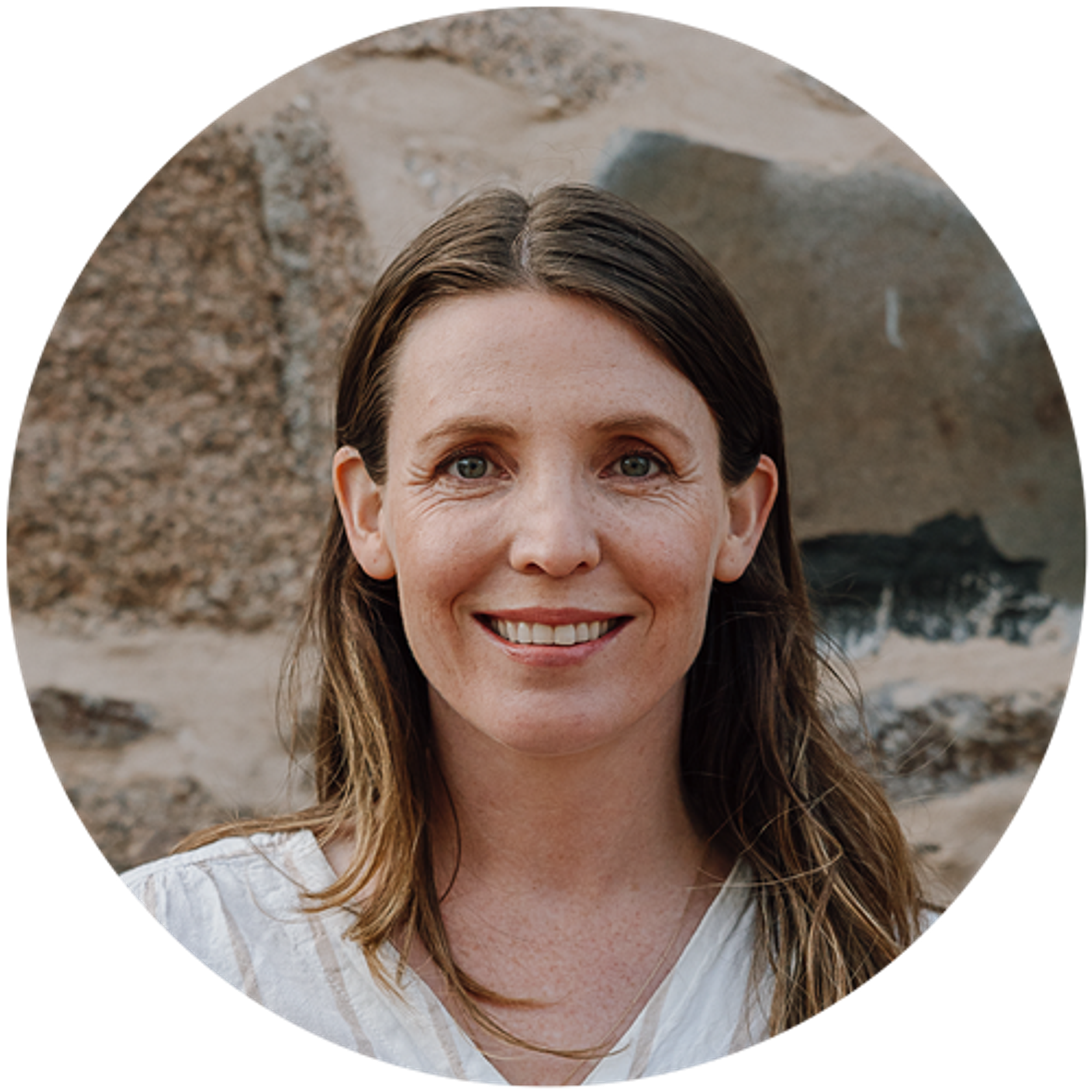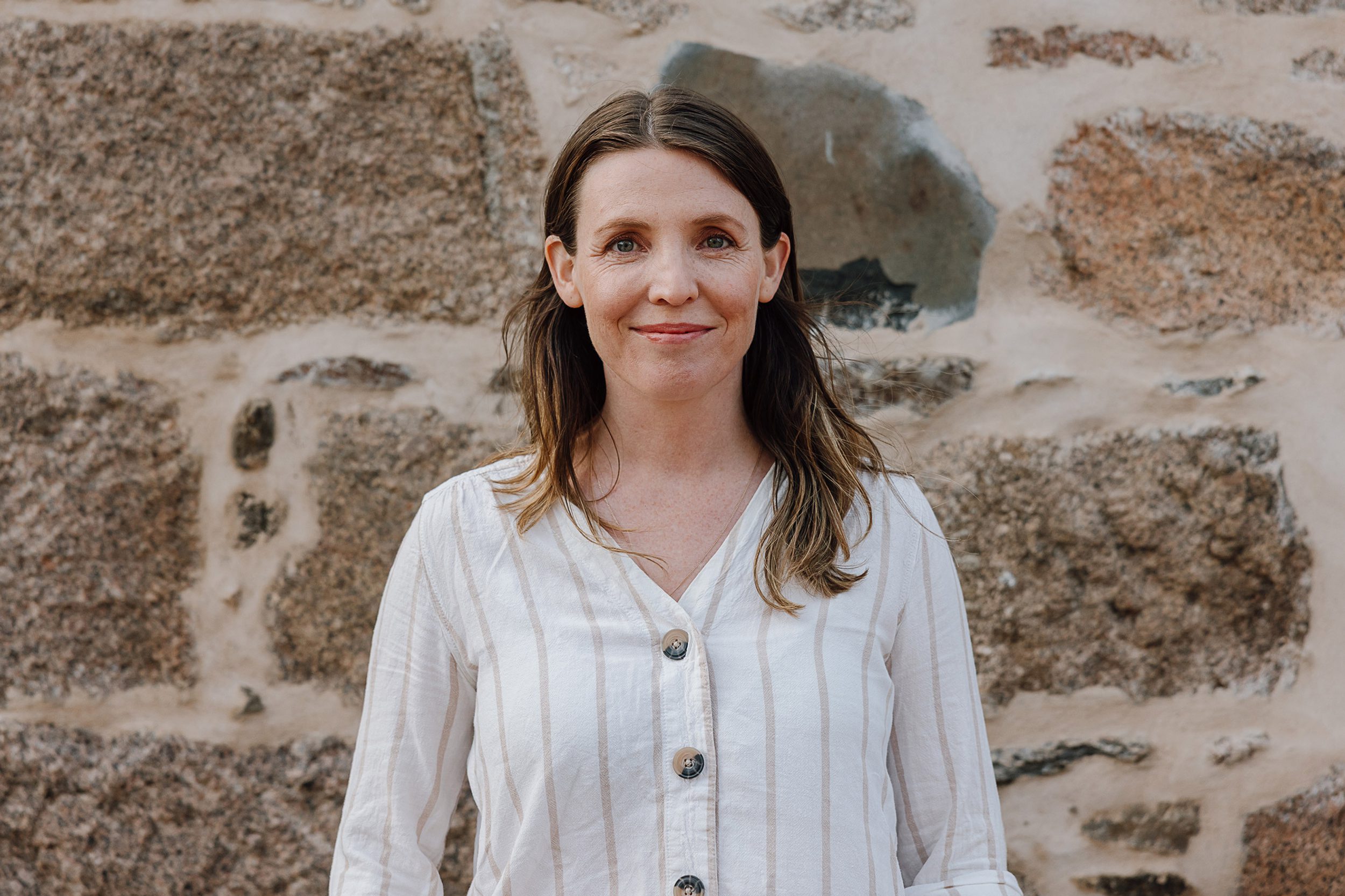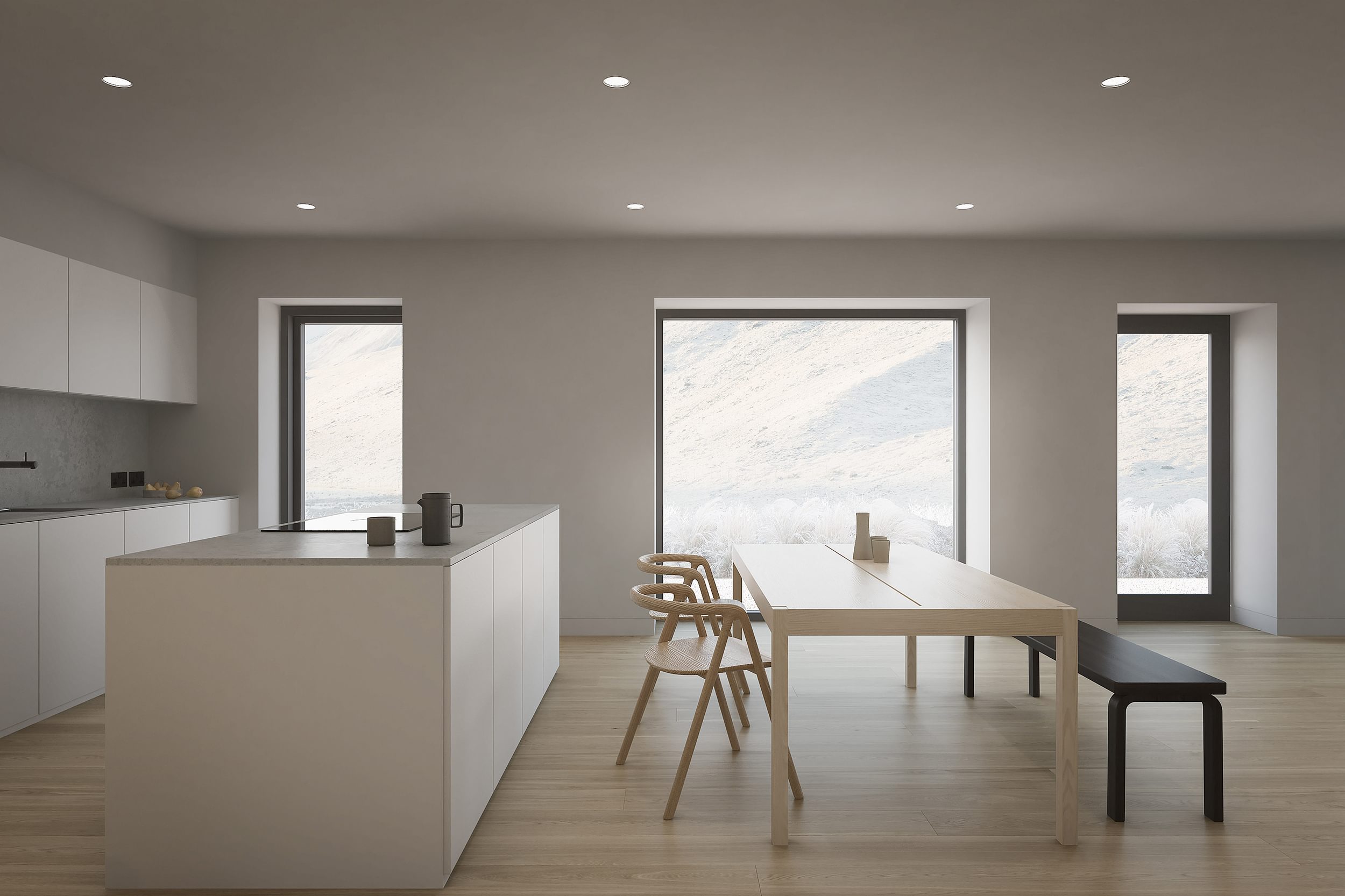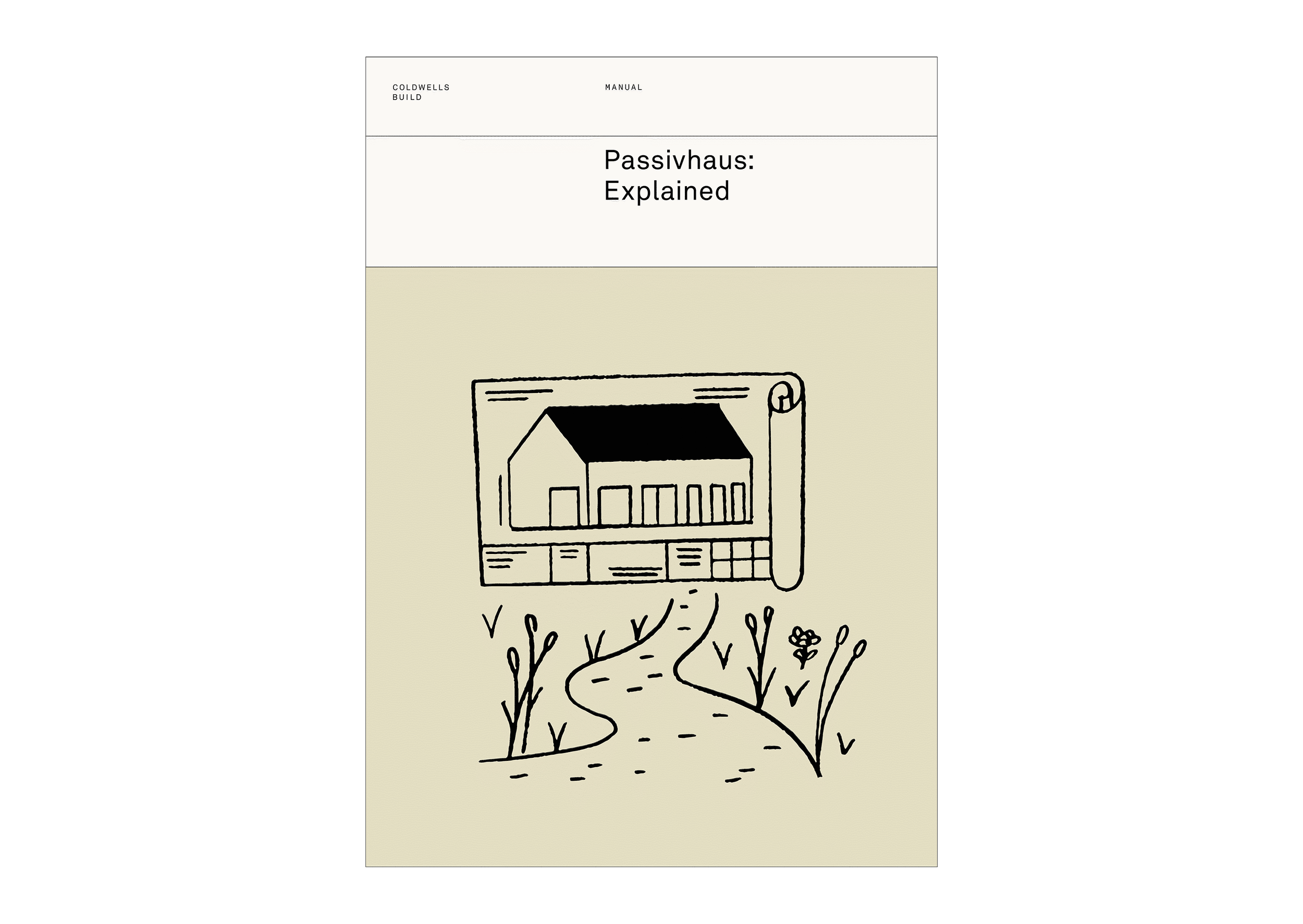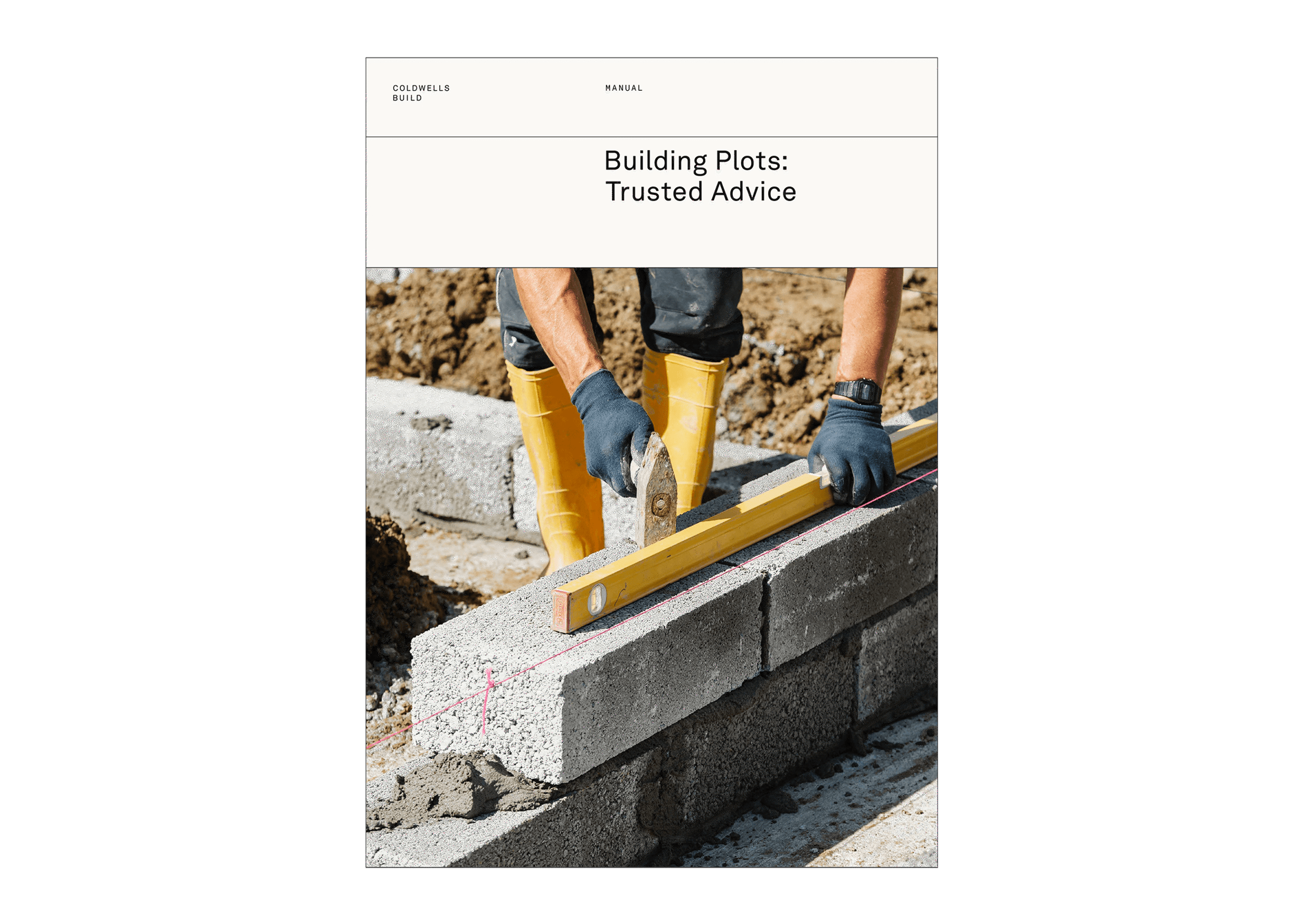What good is a standard that doesn’t live up to its promises?
"Passivhaus is one of the few sustainable building standards that does what it sets out to do - radical energy efficiency and comfort with excellent levels of indoor air quality", says Rupert.
To qualify as a Passivhaus home, a building must undergo a strict compliance process with an independent third party, the certifier.
The certifier provides impartial verification that all Passivhaus criteria have been satisfied. They check the design drawings and calculations in the PHPP software, they check what’s built on site and ensure it matches the design accurately.
When the certifier is satisfied that everything is in place, you will receive a Passivhaus certificate and plaque, which can be fixed to your home.
These steps add up to a robust quality assurance process, much more rigorous than the typical building regulation inspections.
"Consider utilising the quality assurance that comes with the certification process whenever possible. You will end up with a far better building as a result", says Rupert. "Don’t accept designs which simply aspire to use ‘Passivhaus principles’ without validation."
Achieving Passivhaus certification demonstrates your project team has really understood Passivhaus principles and that your home will perform as expected.

